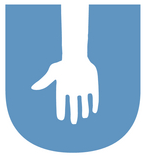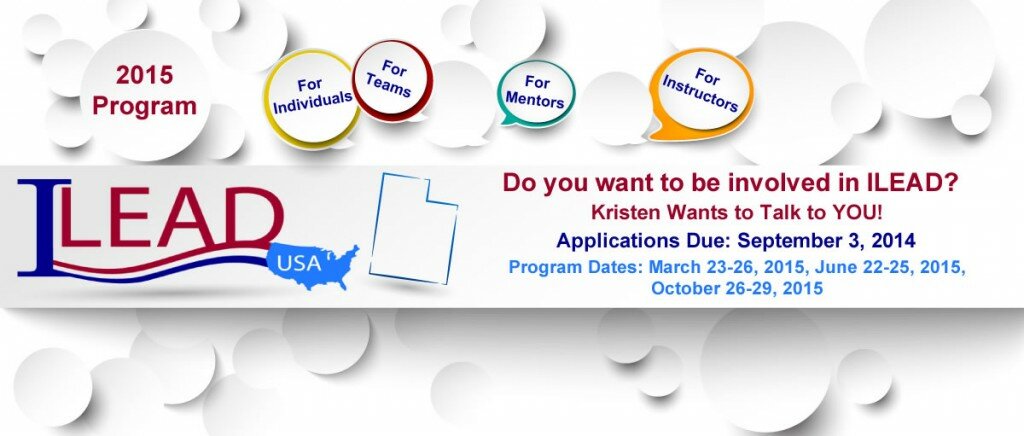 In September, Adriana wrote an astute post on this blog about the term “innovation” being equated with “technology.” I have been musing on that subject for the past several days, especially as it pertains to public libraries, and increasingly, academic libraries. I now work in an academic library, but I got my start there. I have also worked in a homeless shelter, and that experience provides a backdrop for some of the following musings as well.
In September, Adriana wrote an astute post on this blog about the term “innovation” being equated with “technology.” I have been musing on that subject for the past several days, especially as it pertains to public libraries, and increasingly, academic libraries. I now work in an academic library, but I got my start there. I have also worked in a homeless shelter, and that experience provides a backdrop for some of the following musings as well.
Adriana’s post sparked my thought process about an inherent challenge for libraries; that is, how best to serve different and diverse communities of users, from the homeless population to tech-savvy teens interested in videogame design and programming. I’m also very interested in how we serve populations that we can’t “see”; libraries often focus on user needs via surveys of current users. But what about services to homebound seniors and senior centers? What about the growing population of refugees? What about the students (and this is a true example from my own experience) who never enter the library until the final semester of their master’s degree? We have had SIX YEARS to reach this patron, whom we could have given very valuable resources; how and why have we not done so?
Some libraries have addressed the needs of homeless populations by incorporating social service offices into their premises and adding homeless street outreach workers to their staff. When I think about how often I helped library patrons log onto the Department of Workforce Services (DWS) website to access benefits (e.g. food stamps, unemployment, etc.) and assisted patrons with resume and job application questions, these ideas seem to be on the right track. But what about bringing the library to the homeless population as well? For instance, starting a satellite operation in the homeless shelter in conjunction with DWS staff, where folks can check out and return books, learn tech skills, and use computers?
I realize libraries can’t be everything to everyone, and I’m not picking on any particular library here because I think we must partner with each other in order to operate such outreach efforts; academic as well as public libraries must be invested in their communities. For instance, given the entrepreneurial business community downtown, could the library community in greater Salt Lake City offer tutorials on conducting patent and trademark searching, copyright information, and industry and market research through the Women’s Business Center Business Essentials program? Could we jointly operate a one-librarian satellite location downtown to assist entrepreneurs and established business owners with research and information needs?
When libraries think about expanding services, we often just add more, when we could be adding the right resources or targeting new populations. We add more databases, more e-books, more computers, and more branches. This is not necessarily wrong; we often do need more, but I think it would also be useful for us to think about using what we have to target new populations and match the right resources to the right patron.
We must open ourselves up to the diversity of what our patrons actually are, as well as who our patrons could be, while at the same time maintaining our identity as knowledge institutions and spaces where quiet introspection can take free rein (and surprisingly, quiet space is often hard to find in today’s libraries!). I’m not maintaining that I know how to execute innovation in reaching users, given increasingly tight budgets, underpaid and overworked staff, and competing interests for library services, but my intent here was simply to put out some ideas. What innovative services does your library offer? What would you like to see your library offer? What do you think is working in terms of reaching new users? What’s not working? Post it all here!
There are several articles that I consulted in writing this post. Shannon Mattern wrote an excellent piece published in Places Journal titled Library as Infrastructure (June 2014). Jeff Goldenson and Nate Hill wrote an article titled Making Room for Innovation for Library Journal (May 16, 2013). Additional musings were found in Thomas Felton’s Innovation Teams article for the Urban Libraries Council.
By Jessica Breiman, J. Willard Marriott Library, University of Utah

